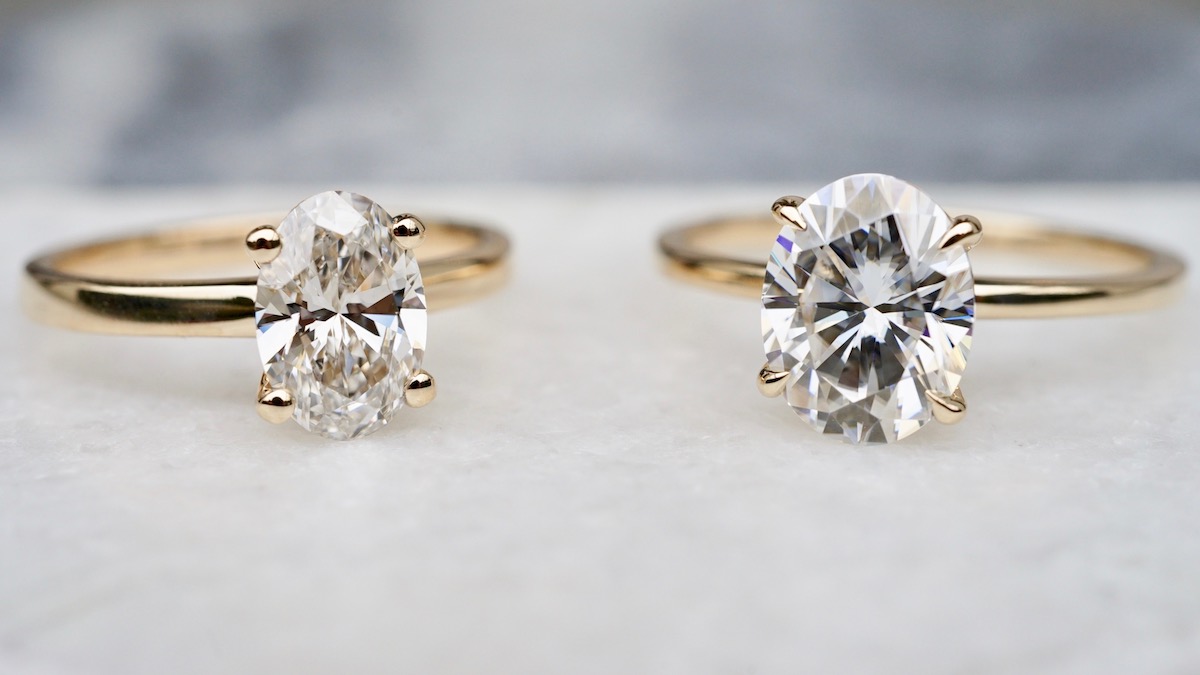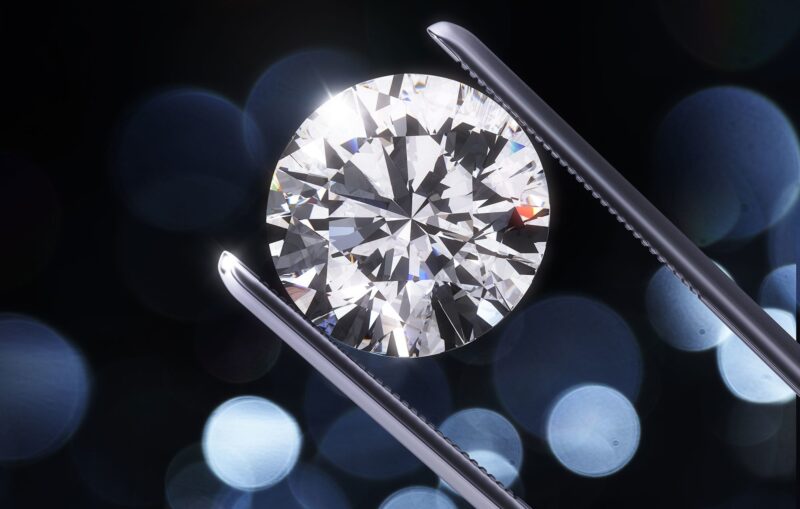When it comes to diamonds, there is a long history of beauty and sophistication associated with them. But recently, two new technologies have revolutionized the diamond industry – Moissanite and lab-made diamonds.
In this article, we will explore the science behind these two innovations and how they are created. We will delve into the intricate process of creating each type of diamond so you can make an informed decision when looking for your perfect stone. From mining moissanite to growing lab-grown diamonds in a laboratory environment, learn more about what goes into creating these beautiful stones that adorn our lives today.
The Science Behind Moissanite Synthesis
Moissanite, a lab-created diamond alternative, is created through a complex process that has been perfected over the last few decades. It begins with an incredibly small sample of silicon carbide (SiC) powder. This powder is then subjected to tremendous pressure and temperatures in excess of 2200 degrees Celsius. The chemical reaction that takes place creates larger SiC crystals which are cut into the desired shape for a moissanite gemstone.
The resulting product is optically equivalent to diamonds, but it does have several notable differences when examined under high magnification. To create near-flawless perfection as seen in natural diamonds, additional techniques must be employed during the synthesis process such as laser cutting and polishing. Lab-made moissanites also possess more fire than their naturally occurring counterparts due to their higher refractive index and dispersion rate compared to other gems like sapphires or rubies; giving them an increased sparkle factor not found in traditional stones – all while maintaining affordability!
Creation of Lab-Made Diamonds

Amidst the debate of which is better, natural diamonds or lab-made diamonds, one question that often arises is: how are these lab-made gems actually created? The creation process for moissanite and lab-created diamonds requires advanced technology and years of research. It begins in a laboratory with scientists working to replicate the conditions found deep within the earth’s crust where natural diamonds form. By subjecting carbon to extreme pressure and heat, they can replicate the same growth process as a naturally occurring diamond would go through.
Once created, these stones are cut into various shapes by highly skilled diamond cutters who bring out their full brilliance. Lab-made diamonds may not have quite the same sparkle as natural ones but thanks to advancements in science, they still possess remarkable beauty. When it comes to choosing between moissanite vs diamond, it is important to consider factors such as durability, cost, and environmental impact. While natural diamonds may hold sentimental value and prestige, moissanite offers a more affordable and eco-friendly alternative that is just as stunning.
Comparison of Moissanite and Lab-Made Diamonds
Comparing Moissanite and lab-made diamonds is an interesting study in the science of gemstone creation. Each type of stone has its own unique properties, which have been explored in depth by scientists. Moissanite is created through a process known as chemical vapor deposition (CVD), using silicon carbide powder particles that are heated until they turn into gas and then settle on a substrate. Lab-made diamonds, on the other hand, are produced when carbon atoms are subjected to intense heat and pressure, just like what occurs naturally within the Earth’s crust.
Both types of stones can be beautiful and valuable additions to any collection or jewelry piece; however, there are some key differences between them that should be considered before making any purchase decision. When it comes to appearance, moissanite tends to have more sparkle than lab-made diamonds due to its higher refractive index — meaning it reflects light better than diamond does — while also having greater fire dispersion because it breaks white light down into different colors like a prism would do.
In addition, moissanite is less expensive than naturally mined diamonds or lab-grown ones given their similar quality characteristics. On the flip side though, moissanite isn’t as hard compared to natural or synthetic diamond so it may scratch easier over time with regular wear and tear from everyday use depending on how well you take care of your jewelry pieces containing these stones. Overall both types of stones offer their own distinct advantages for those looking for high-quality gems without breaking the bank – but each individual should weigh up all factors involved before making any final decisions about which one might best suit their needs!



